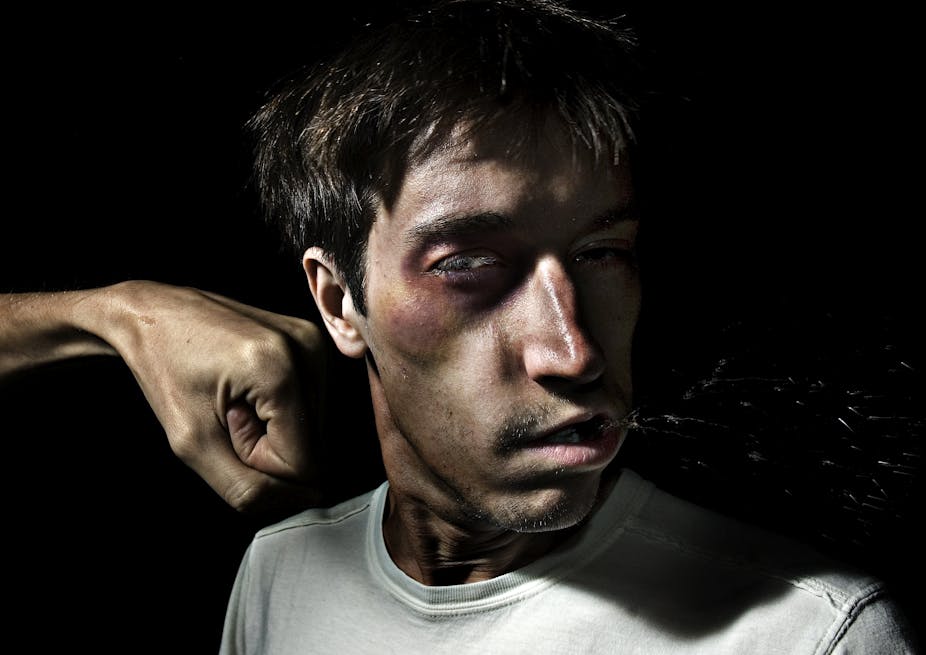This weekend, yet another violent assault has reminded us of the need to curb alcohol-related violence in public spaces.
For most students, schoolies week means a trip away from home to celebrate the end of final exams with friends — perhaps aided by a little too much alcohol.
But for a small group of people, the festivities present the opportunity to incite violence.
The government has launched countless initiatives seeking to reduce alcohol related violence. But we now know that big taxes on mixed drinks and an increased police presence around venues in the Gold Coast hasn’t worked.
While lock-outs or earlier closing times for licensed venues are a good start, they don’t address the motivations behind alcohol-related violence.
These initiatives fail to acknowledge what most of us already know - that some people just go out looking for a fight.
It takes two…
In 2010, I identified two broad groups of young people, distinguished by their particular relationship to alcohol and violence. The patterns of alcohol consumption between the two groups were similar.

The first group wanted to avoid conflict and violence. Although this group had negative perceptions of violence, those in it were often still involved in alcohol-related violence, as victims or occasional offenders.
Their relationship and interaction with violence was significantly linked to alcohol; when sober, people in this group were unlikely to take part in violent conflicts. The disapproval of friends and family members and the possibility of getting a police record were considered to be the main negative consequences of violence.
The second group had a fundamentally different relationship to violence. These young people valued violence as a way to obtain status; to them, the capacity to commit violence was a form of cultural capital, bolstering their reputation. They often went out expecting or looking for a fight.
The solution?
Each group requires different initiatives and approaches to address alcohol-related violence.
Those interested in having fun and minimising the negative consequences of alcohol and violence – the first group in our study – could benefit from education programs highlighting the positive aspects of avoiding risky behaviour.
This would change the current emphasis on repeated warnings about the potential bad things that could happen to them when they drink.
They could also benefit from peer support strategies involving other young people, who could look out for each other to increase safety while still having a good time.
But for those who go out looking for a fight, it’s insufficient to merely address their patterns of drinking. It’s their relationship to violence that needs to be addressed.
Responses to alcohol-related violence should be swift, sure, but not severe. Identifying repeat offenders of alcohol-related violence could be useful in identifying target groups for focused and relevant initiatives.
Young people involved in our research suggested that effective marketing campaigns could debunk the perceived connection between violence and masculinity. A good example of such an approach was the “Speeding. No one thinks big of you” campaign, which implied the lack of manliness associated with the need to impress other people by speeding in cars.
Peer group discussion and education that explicitly outlines young people’s ideas about the relationship between violence and status could make them re-evaluate their involvement in alcohol-fuelled fights.
To curb alcohol-related violence at schoolies and in public places, policies and initiatives need to acknowledge that a one-size-fits-all approach doesn’t work.
This article was co-authored by Erin Barry, communication co-ordinator at the Institute of Child Protection Studies

